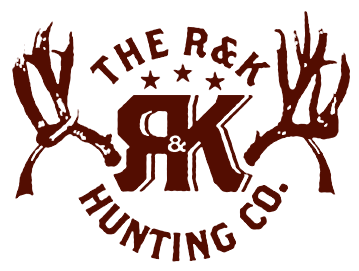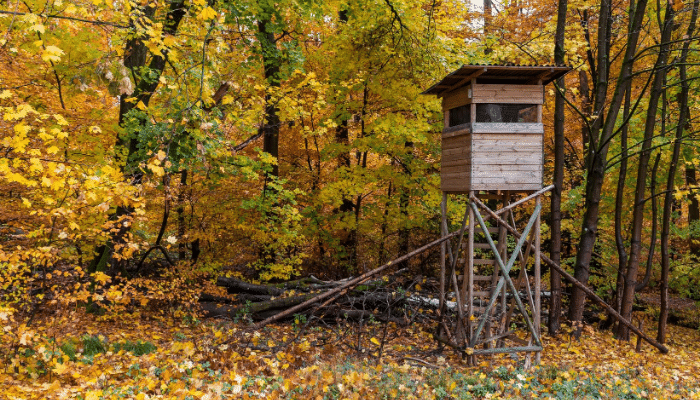If hunting from a tree stand isn’t for you, consider using a deer hunting blind instead. Deer blinds are a great way to conceal yourself while pursuing a trophy buck. These small structures give you plenty of coverage to hide in plain sight, allowing you to harvest an amazing deer this season. But setting up your deer hunting blind isn’t always easy. Today we’re talking about setting up your hunting blind and some insider tips to help you succeed.
Find out three pro tips for setting up your deer hunting blind below.
Blend in with Ample Coverage
One major key to setting up your ground blind, which is often overlooked, is to ensure you have plenty of coverage surrounding it. You’ll want to have enough background cover to help break up the silhouette and outline of your blind, which will help it be more inconspicuous. In addition to background cover, you’ll want to find a place to set up that has overhanging tree limbs and branches—these further help break up your blind’s profile, blending it into the landscape more.
BONUS PRO TIP — Keep in mind, as the seasons change, so do the leaves on the trees. What looks like decent coverage in July or August can look completely different (and bare!) a few months later. Locate a spot to set up your blind that will let you blend in, even when the leaves begin to fall.
Set Up in Advance
Setting up a ground blind can spook the surrounding animals. Between the smell, the sounds, and a new structure in the middle of the woods, deer will need some recovery time and a chance to get used to your hunting hut. A blind is likely an unfamiliar object to a deer, which is reason enough to avoid traveling in that area. Deer and other animals need time to get used to it, so set it up well before the season begins — three to six weeks should be ample time.
BONUS PRO TIP — Before you can set up early, you’ll need to do some research and scouting. You probably won’t find a trophy buck in an open field or meadow. You’ll need to pinpoint their travel paths and habits. Moreover, putting in a little scouting time will allow you to learn their eating and sleeping patterns, helping you decide where to place your blind.
Give Yourself Options
Make sure you set up your blind in an area that gives you plenty of options. Don’t pigeonhole yourself into low visibility and one shooting lane. It is hard to predict deer and other big game animals, so you’ll want to have as many shoot lanes and sightlines as possible. Besides, deer move quickly. You’ll want to ensure you have enough time to set your weapon into position before it’s too late.
BONUS PRO TIP — A great place to set up your blind is near a feeding location since it attracts does, thus attracting bucks. Or set up along a travel path near the bottom of a valley. Setting up in either of these locations should give you a decent idea of where the animals will walk or hang out. This should lengthen when you have to get your gun or bow into place, get your aim just right, and pull the trigger.
Contact R & K Hunting Company
A well-concealed blind can be the difference in coming home with that trophy buck or not. These helpful tips, along with an expert guide from R & K Hunting Company, will increase the likelihood of a successful trip. Season after season, hunters come back to R & K Hunting Company because they are Utah and Wyoming’s trusted hunting guide experts for harvesting large North American big game. Contact our experienced and knowledgeable team to schedule your next hunting adventure in the Rocky Mountains.


